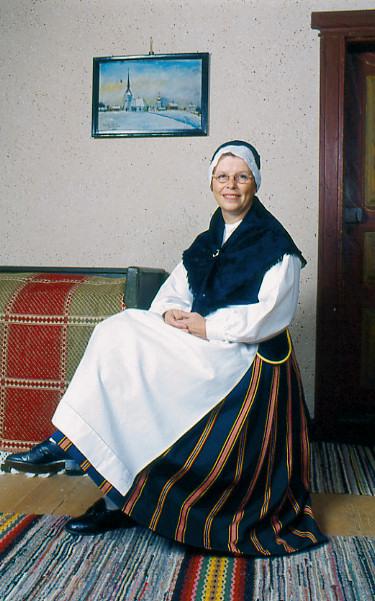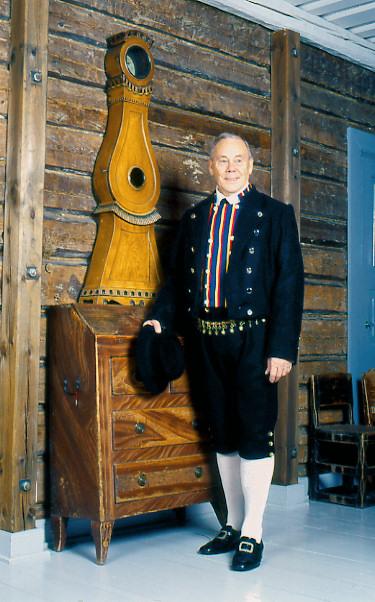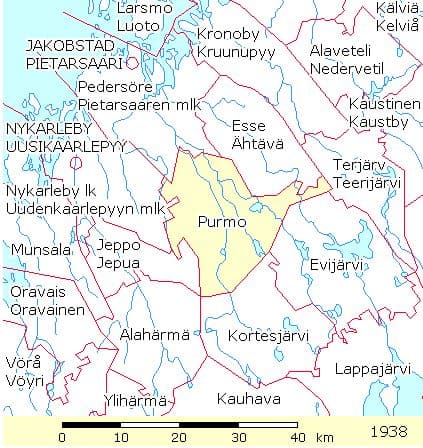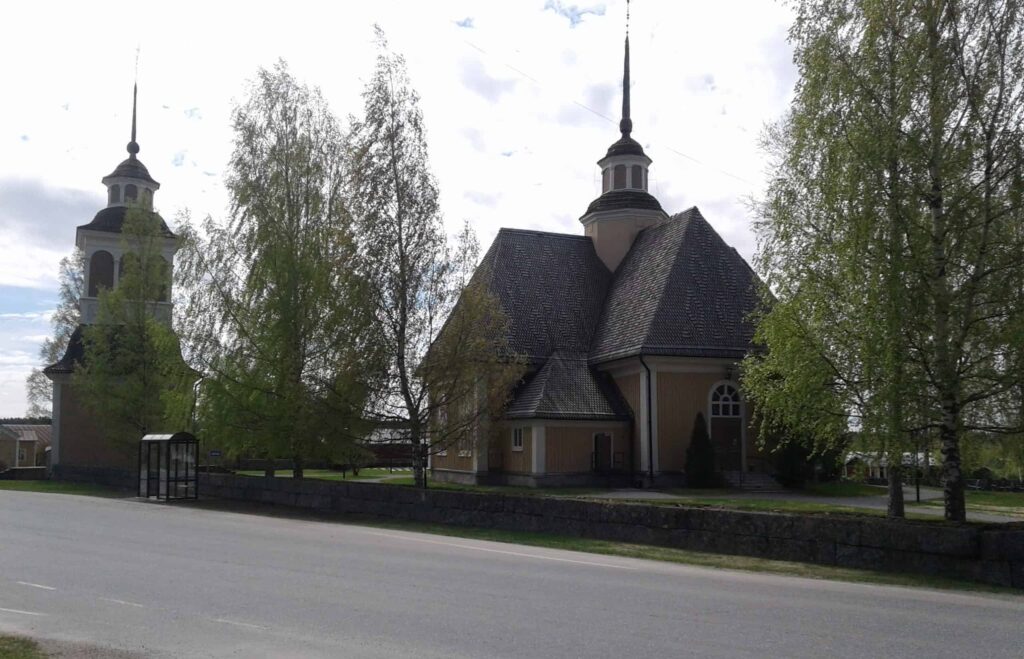Ostrobothnia
Purmo
Parish History
- ‘At the end of the 1500’s and 1600’s the southern Överpurmo village grew. Settlers took up 17 new farms south of Lassfolk. People had to travel a very long way to church in Pedersöre. From the Vilobacka homestead it was around 27 miles on very bad roads. No wonder the people of Purmo asked for their own priest and church by 1730.’ 4
- Around 1770 (40 years later) they got permission to fund their own chapel parish. 3 As a parish chapel, they remained part of the Pedersöre parish. 4
- In 1867, Purmo became an independent parish. The Purmo parish included the old southern ֭Överpurmo village and 5 farms from northern, Nederpurmo village. The other part of Nederpurmo stayed in the Pedersöre parish as they were closer the Pedersöre church. 3
Parish Records
Because parish Communion records are listed by farm name and because farm names often were used as a part of a person’s name, it is interesting to note the following farms. Many of these farms are labelled on the parish map displayed below.
The villages and farms of Purmo were recorded in T.W. Karsten’s work, Svesk Bygd I Osterbotten: Nu Och Fordom. 2 Purmo Parish Communion records were not used to confirm these findings.
Villages & Farms
In 1603, Purmo was already a large village in the Pedersöre parish. It was divided into two villages: Nederpurmo (or Northern Purmo) and Överpurmo (Southern Purmo). Each village had about 25 farmers 3
To open a printable list of villages and farms (pdf), click here.
- Sisbacka
parish church built here in 1772 - Backa
- Aspengrens
- Vit
- Pärtar
- Svarvar
- Nodanå
- Kecko
- Mattjuss
- Filpus
- Nygård
- Bäck
- Sandberg
- Bonds
- Klåvus
- Rak
- Nybränn
- Kallträsk
- Stenbacka
- Wästerbacka
- Kalljärvi
- Slip
- Storkamp
- Villbacka
- Lassfolk
- Härmälä
- Emaus
- Kornjärvi
- Sandnabba
- Eide
- Stennabba
- Storbacka
- Kauhajarvai
- Hapbacka
- Vilobacka
27 miles to Pedersore church - Häribacka
- Porkholm
- Kallijärvi
- Nars
- Österbacka
- Stenvatten
- Sääksjärvi
- Härbärge
- Bäcksbacka
- Åland
- Finnabba
Of Interest
Markings of population as far as the Stone Age, 6000 years ago have been found along the two Purmo rivers. Archaeologists in 1979 on Hyundbacken in Purmo found the largest Stone Age site ever found in Finland. 3
Folk Dress
Each parish has a unique folk dress. Parish folk dress can be recognized by its style, colors and patterns.
Purmo folk dress photos used with permission of the Brage costume agency.


References
- Genealogical Society of Finland, HiSki project, Purmo parish, http://hiski.genealogia.fi/hiski/abbfsq?en+0420
- Karsten T.W., Svesk Bygd I Osterbotten: Nu Och Fordom, Helingfors , Purmo pages 200 – 202
- ‘Purmo’ from Genealogical Charts for mats Johansson Pass, printed in Swedish Finn Historical society Quarterly publication Vol1, No. 4
- Purmo Church, https://sv.wikipedia.org/wiki/Purmo_kyrka
- Purmo Church, https://www.purmoforsamling.fi/kyrka-och-lokaler/purmo-kyrka
- Purmo Church History, https://www.purmoforsamling.fi/kyrka-och-lokaler/purmo-kyrka/historia
- Purmo Church image, https://commons.wikimedia.org/wiki/File:PurmonKirkko.jpg
- Purmo Folk Costumes, Woman’s – https://www.brage.fi/sve/draktbyra/draktbyran/folkdrakter/view-163648-92,
Man’s – https://www.brage.fi/sve/draktbyra/draktbyran/folkdrakter/view-163648-93 - Purmo Parish map, Leva fattig – do rik: Purmo kommuns historia 1868 – 1976, by Christer Kuvaja, Tommy Olin, Nils Erik Villstrand, Ann-Ctrin Ostman, 1960




